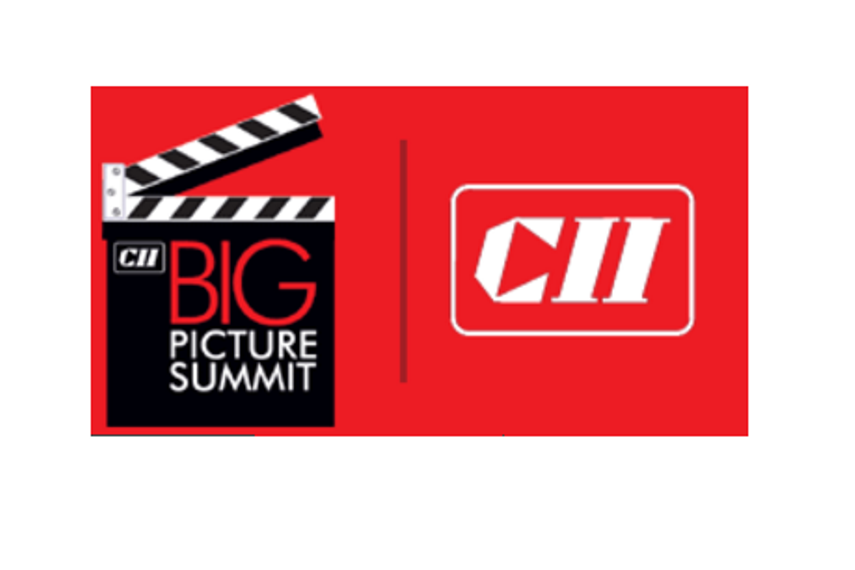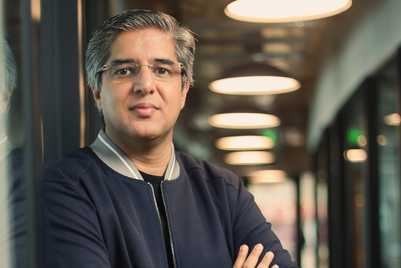
The fourth edition of the two-day CII Big Picture Summit 2015 kicked off in New Delhi on 19 October. Industry leaders from the media and entertainment industries discussed policies, and the regulatory framework that according to some limits growth of the industry.
Earlier, a CII-BCG report released at the summit titled 'Shaping The Industry At A Time Of Disruption – Taking Indian M&E Industry Towards A $100 Billion Aspiration' predicted revenue, including distribution revenue from broadband, to reach $100 billion by 2025. The media and entertainment (M&E) space has grown stably at 10 pc y-o-y for the last five years, and is currently valued at Rs 1,15,500 crore, according to the study.
Is regulation in the way of growth?
In a session moderated by Sudhanshu Vats, chairman, CII national committee on M&E and group CEO, Viacom 18 and Harit Nagpal, CEO, Tata Sky pondered over whether the customer is ready to pay, if the industry is ready to extract the money from customer, and if regulation is conducive for achieving the $100 billion target by 2020.
Nagpal asserted that while the parent (I&B ministry) and professor (TRAI) kept discussing the best interests of the student (the M&E industry), the student has been growing (digitising) on its own for the last 10 years. He contended that the customer was ready to pay, as their (Tata Sky's) journey as a DTH operator over the years has shown, underlining that it is the regulatory environment that is marred with questions.
Raj Jain, CEO, BCCL, noted that the print industry did not need any more regulation as self-regulation was working very well. Noting that the print industry is facing competition from the virtual world, he said, “The wage board requires change. DAVP rates need to be linked automatically to the rate of inflation, and GST needs to see light of the day if we are to achieve the $100 billion dream.”
Noting that the industry stands on two pillars of content and talent, Piyush Pandey, executive chairman and creative director, O&M added that India has abundant talent in smaller towns and cities. He made the case for more respect being accorded to content creation, and communicate its importance and its ability to get one a worthwhile job.
Punit Goenka, MD and CEO, ZEEL, underlined the need for an independent liberal regulator for the sector. Making the case for the animation industry in India, Ashish Kulkarni, founder and CEO, Punnaryug Artvision, said that the animated stories need to reach larger audience, and grow out of its animation-for-kids shadow.
Sonia Singh, editorial director, NDTV pointed to right pricing for content. She said, “Today, advertisements have become the king, rather than content. We need fair share of subscription revenues for content and journalism to progress fruitfully.”
Neeraj Roy, MD and CEO, Hungama Digital Media Entertainment, touched upon the themes of community, commerce, content and control for Indian M&E sector.
Appreciating the government for FM Phase 3 auctions, 'even though it took them a decade to go from phase 2 to 3', Tarun Katial, CEO, Reliance Broadcast Network, said that the basic purpose of taking FM to smaller towns went defeated since no one bid for them. He also said that the regulation on various caps on operating and owning the FM stations needed to go.
“In this digital age, if we do not open and un-regulate FM, people will not get used to the medium,” he said. He further highlighted that apart from FDI cap on FM, there has been no digital radio policy yet, AM has not been privatised, and there is no long-term policy on spectrum allocation and separation.
Rajeev Singh, member (finance), Prasar Bharati, however, noted that industry players needed to look at the lower end of the spectrum to gain share. He said, “The untapped markets, and local markets, are where the unlocked value is. We have to make an aim to reach the untapped markets, and create a scalable broadcasting model to build an ecosystem.”
Reiterating to the demands of the panel, Sunil Singhal, advisor, TRAI, said that the regulation helps in channelising the energies of all stakeholders, including that of the consumer.


.jpg&h=334&w=500&q=100&v=20250320&c=1)

.jpg&h=334&w=500&q=100&v=20250320&c=1)

.jpg&h=334&w=500&q=100&v=20250320&c=1)



.jpg&h=334&w=500&q=100&v=20250320&c=1)
.jpg&h=334&w=500&q=100&v=20250320&c=1)
.jpg&h=268&w=401&q=100&v=20250320&c=1)


.png&h=268&w=401&q=100&v=20250320&c=1)
.jpg&h=268&w=401&q=100&v=20250320&c=1)
.jpg&h=268&w=401&q=100&v=20250320&c=1)


